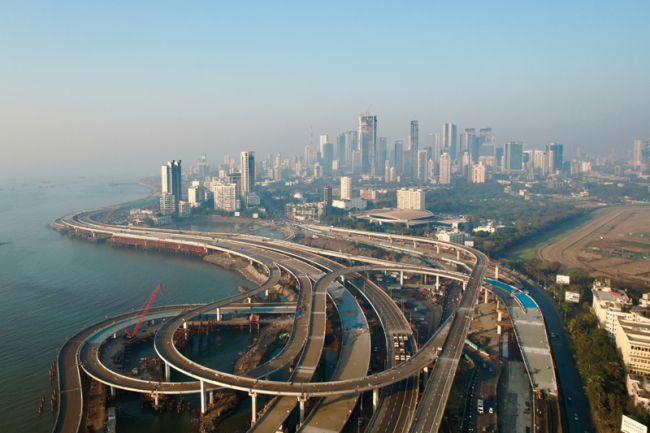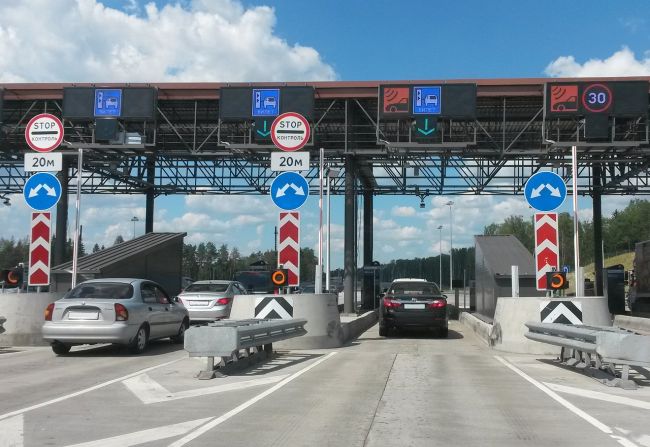Traveler perception of managed lanes
Research has been carried out for many years into the value of travel-time reliability (VOR).
Research has been carried out for many years into the value of travel-time reliability (VOR), typically to estimate the cost of delays to the economy or to a transport operator, or to help develop a business case for new investment.
One focus of research into VOR has been on managed lanes. As the previous article notes, data from operational managed lane projects shows that some travelers are willing to pay for managed lane usage even when the expected time savings are very small. One possible explanation for this is that they attach a value to higher travel time reliability versus travel time alone.
Steer Davies Gleave developed a new stated preference (SP) survey aimed at quantifying the VOR for a proposed managed lanes project. In the survey, participants were asked to consider trade-offs between not only the traditional travel time and cost variables but also the reliability of travel time. In essence, respondents were given choices between general purpose lanes which were free, slow and less reliable, and managed lanes which were tolled, faster and more reliable.
We analyzed the survey data to estimate parameters for both value of time (VOT) and value of travel time reliability (VOR). These were then used in our traffic forecasting model to estimate the proportion of travelers who will pay to use the managed lanes. The VOT was used to value the travel times of each option, while the VOR was used to value the “extraordinary delay” of the general purpose lanes, presented in the stated preference survey as the amount of additional delay that would occur 20% of the time. Our forecasting model therefore included estimates of the “extraordinary delay”, and the travelers’ response to it, based on the variability of current corridor travel times which we identified from new commercial sources of travel time information.
This approach has improved the accuracy of our traffic forecasting model to account for both average and exceptional levels of delay associated with rejecting the managed lanes in favor of the non-tolled option.












